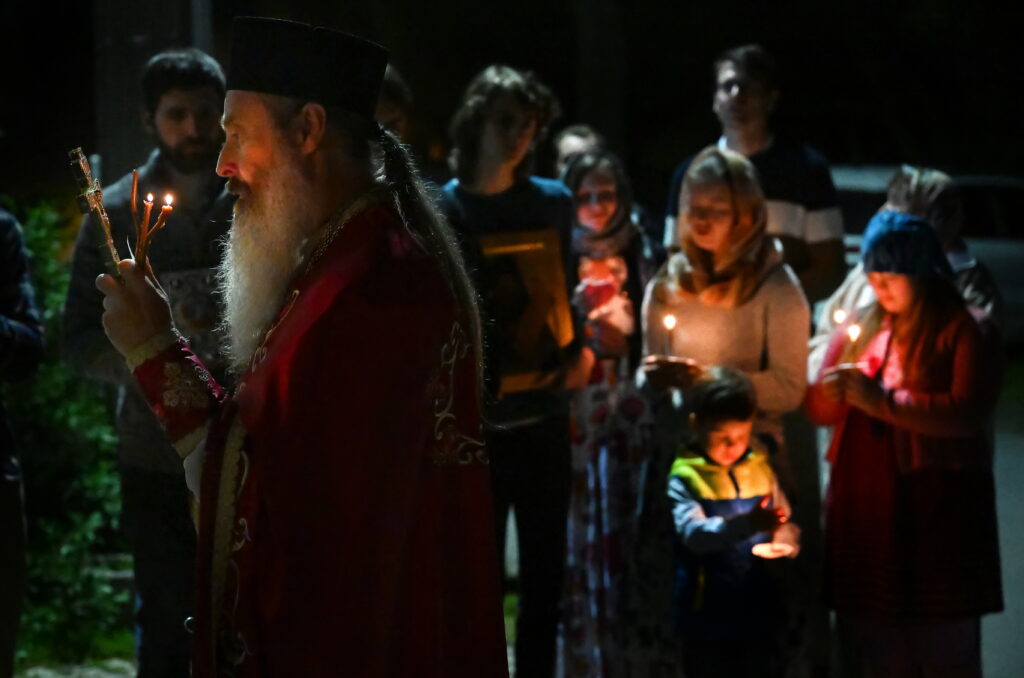Paștele - Cea Mai Veche și Importantă Sărbătoare Creștină. Istoria și Simbolismul Unei Tradiții Milenare
 Sursa poza: Mediafax
Sursa poza: Mediafax
Easter, known as the most significant celebration within Christian tradition, traces its roots back to the apostolic era, illustrating a continuous thread of faith and tradition. As the celebration of the Resurrection of Christ, Easter stands as a beacon of hope and rebirth, woven with customs both ancient and modern.
Apostolic Foundations and Theological Significance
The celebration of Easter finds its theological grounding in the teachings of the Apostle Paul. It was Paul who first connected the Jewish Pessah (Passover) with Jesus Christ, urging Christians to honor the Savior in the wake of his sacrifice: "Christ, our Passover lamb, has been sacrificed. Therefore let us celebrate the festival, not with the old leaven of malice and evil, but with the unleavened bread of sincerity and truth" (1 Corinthians 5:7-8).
Originally, the term "Easter" was used to describe the commemorative event of the Last Supper, held on the 13th of Nisan in the Jewish calendar. This ritual dinner replaced the traditional Jewish Passover meal, serving unleavened bread as a testament to purity and renewal. Over time, the celebration evolved, focusing on the Resurrection, transforming into what we recognize today as Easter.
Calculating the Date of Easter
The timing of Easter is a fascinating blend of celestial and calendrical calculations. Observed on the first Sunday following the first full moon after the vernal equinox (March 21), this method ensures that Easter maintains its place in spring, symbolically aligning with themes of new life and rebirth. This ancient system continues to be the framework for Easter celebrations across the world.
Tradition through the Centuries
Early Christian traditions infused Easter with deep spiritual meaning. New converts baptized during Easter would wear white garments throughout the week as a symbol of their renewed lives. This custom evolved into the modern tradition of wearing new clothes, reflecting a fresh spiritual start.
During the Middle Ages in Europe, the Easter liturgy was followed by grand processions featuring a priest leading with a crucifix or candle. These processions are thought to have inspired the Easter Parades seen today, especially in Western contexts.
Easter Celebrations Today
Easter customs encapsulate both spiritual reflection and communal joy. The week following Easter is marked by daily church services, and from Easter to Pentecost, traditional acts of penance are set aside in favor of celebratory worship. Easter holds its centrality in Orthodox Christianity as a pinnacle of liturgical celebration, second only to the Nativity.
The practice of sharing meals, notably lamb—a symbol of Christ himself—echoes throughout history and culture. While the culinary traditions have evolved, the symbolic importance remains, as lamb dishes grace tables from the Vatican’s Easter feast to homes worldwide.
The exchange of Easter eggs, steeped in symbolism, links back to ancient customs from Egypt and Persia, where friends exchanged decorated eggs at the start of the new year, marked by the spring equinox. Adopted by the Near Eastern Christians, this tradition sees red-dyed eggs as a representation of Christ's blood and a symbol of life emerging anew.
Modern Observance and Impact
Today, Easter is celebrated not only as a religious observance but as a cultural one, filled with joy and acts of goodwill. In historical contexts, Easter was marked by almsgiving, the release of prisoners, and gestures of goodwill, echoing the salvation offered by Christ's resurrection.
From midnight vigils filled with song and light to the cries of "Christ is Risen!" met with the response, "Indeed, He is Risen!", Easter resonates with believers as a time of profound spiritual renewal and community celebration. Traditional offerings such as sweet bread, cheese, lamb, and red eggs are blessed and shared, maintaining the spirit of generosity and remembrance.
In conclusion, Easter remains a celebration of transformation—of the world, the spirit, and community. It merges the sacred with the cultural, embodying hope, renewal, and the enduring power of faith across the centuries.